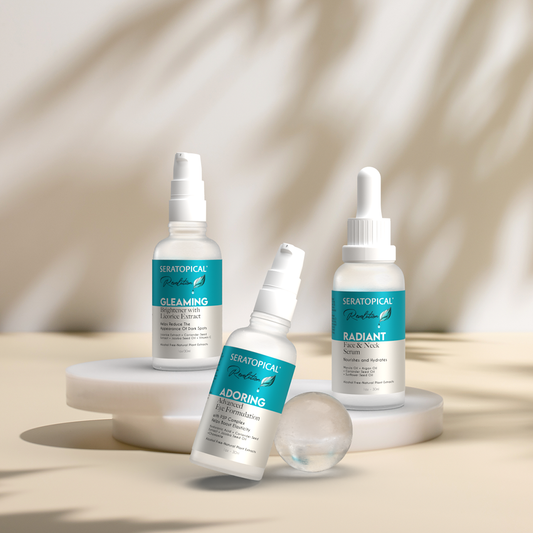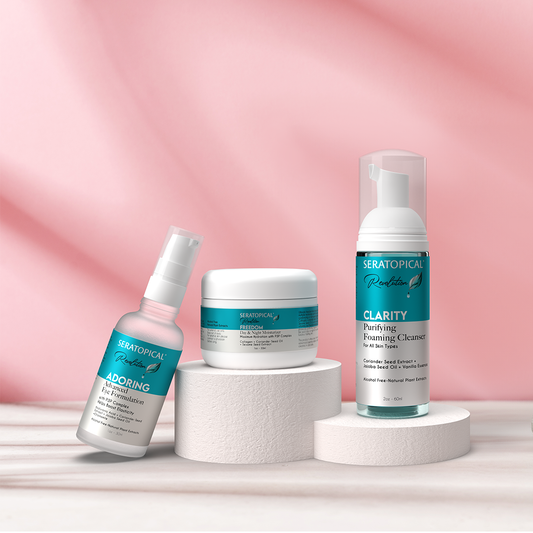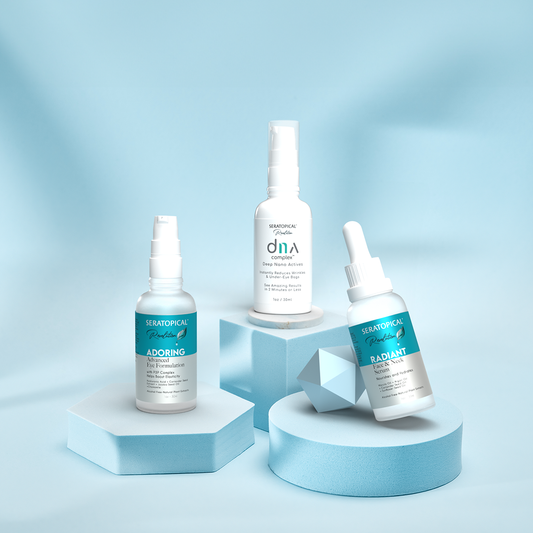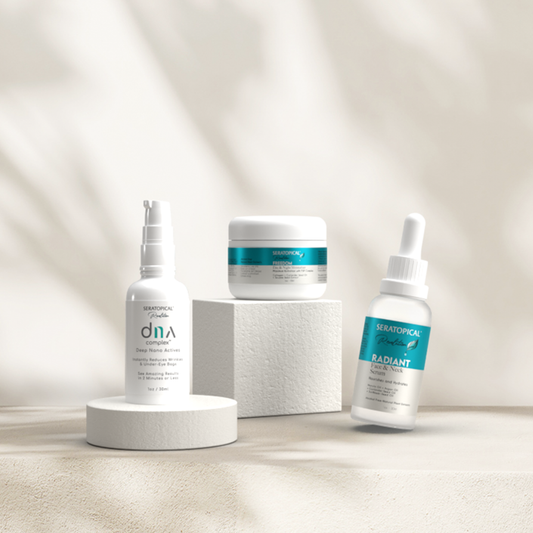Our bodies are always communicating with us. When we’re hungry, our stomach growls. When we’re sleepy, our eyelids get heavy. There are some obvious signs to look at, that we can look at and respond to. When it comes to health, of course, there are many factors that come into play and each person is different. But when it comes to nutrition, our bodies give us many subtle clues as to what might be going on inside. Our nails are no exception. The health and strength of our nails is dependent on a constant formation and regeneration of cells from beneath the surface. Without proper nutrition, this cycle can be disrupted, changing the look and texture of our nails.
Importance of Strong Nails
Strong nails are not just a cosmetic attribute; they play a crucial role in our overall health and well-being. Beyond serving as a canvas for artistic expressions through nail care and polish, strong nails are indicative of good nutritional health and proper hygiene. Nails, composed of a protein called keratin, act as protective shields for the fingertips and toes, preventing injury and infection. Furthermore, strong and well-maintained nails can be an external indicator of one's internal health, reflecting a balanced diet rich in essential vitamins and minerals. Brittle or weak nails may signify nutritional deficiencies or underlying health issues. The importance of strong nails extends beyond aesthetics, emphasizing the need for a holistic approach to health that encompasses proper nutrition, hydration, and overall self-care. Investing time in nail health not only contributes to an attractive appearance but also serves as a valuable marker of one's overall physical well-being.
What Do Unhealthy Nails Look Like?
Fingernail issues can be indicative of underlying health concerns, and recognizing the signs of unhealthy nails is essential for maintaining overall well-being.
1. Brittle Nails:
Brittle nails, a common fingernail problem, can be attributed to various factors that impact the health and resilience of the nails. One primary cause is a deficiency in key nutrients, especially biotin, which is essential for promoting strong and healthy nails. Poor nutrition, inadequate intake of vitamins, and minerals can contribute to the development of brittle nails. Additionally, exposure to harsh chemicals, such as those found in nail polish removers and cleaning agents, can weaken the nails and make them more susceptible to breakage. Frequent and prolonged immersion in water, whether due to excessive hand washing or extended periods of dishwashing, can also strip the nails of natural oils, leading to brittleness. Underlying medical conditions, like thyroid disorders or fungal infections, may manifest in the form of brittle nails. To address and prevent brittle nails, a holistic approach involving a balanced diet, proper hydration, and protective measures against chemical exposure is crucial for maintaining optimal nail health.
How to Help: Addressing brittle nails involves adopting a multifaceted approach to improve their strength and resilience. A key component is ensuring a well-balanced diet rich in essential nutrients, particularly biotin, which plays a crucial role in nail health. Incorporating foods like eggs, nuts, and leafy greens can contribute to stronger nails. Hydration is equally important; maintaining adequate water intake helps prevent nail dryness and brittleness. Protective measures, such as wearing gloves during household chores to minimize exposure to harsh chemicals, can prevent further damage. Additionally, using a gentle nail care routine, avoiding excessive filing and opting for moisturizing nail products, can promote healthier nails. You must try Seratopical’s Overnight Hand Therapy with its breakthrough age-defying formula that you can put on before you go to sleep and wake up to revitalize nails and hands. For persistent issues, consulting a healthcare professional is advisable to rule out underlying medical conditions and receive personalized guidance on addressing brittle nails.
2. Fingernail Ridges:
he presence of ridges in fingernails can be indicative of various factors related to both internal and external influences. Longitudinal ridges, running from the cuticle to the tip of the nail, are a natural part of aging and are generally harmless. However, deeper, more pronounced ridges may signify underlying health issues. Nutritional deficiencies, particularly in vitamins and minerals like iron, can contribute to the development of ridges. Dehydration, chronic exposure to harsh chemicals, and trauma to the nail matrix are also common culprits. In some cases, conditions such as eczema or psoriasis can manifest as ridges on the nails. If ridges appear suddenly or are accompanied by other concerning symptoms, it's advisable to consult with a healthcare professional for a comprehensive assessment and appropriate guidance on addressing the underlying causes of fingernail ridges.
How to Help: To address ridges in fingernails, you can start by maintaining a well-balanced diet rich in essential nutrients, particularly biotin, which supports healthy nail growth. Stay adequately hydrated by drinking enough water throughout the day, as dehydration can contribute to nail issues. Gently file your nails using a fine-grit emery board to smooth out minor ridges, but avoid excessive filing, which can weaken the nails. Apply a moisturizing nail and cuticle cream regularly to keep your nails hydrated. Consider using a ridge-filling base coat before applying nail polish to create a smoother surface. If ridges persist or worsen, it's advisable to consult with a healthcare professional to rule out any underlying health issues and receive personalized advice on addressing the problem.
3. Koilonychia (spoon nails):
Koilonychia, commonly known as spoon nails, is a condition characterized by nails that have a concave shape, resembling a spoon. The causes of koilonychia can be diverse. Iron deficiency anemia stands out as a significant factor, as low levels of iron affect the production of hemoglobin, leading to changes in the nail bed. Other potential contributors include nutritional deficiencies, particularly insufficient levels of vitamin B12 and folic acid. Chronic exposure to moisture, such as through frequent immersion in water or exposure to harsh chemicals, can also contribute to the development of spoon nails. Koilonychia may also be associated with certain medical conditions like hemochromatosis, hypothyroidism, or Raynaud's disease. Identifying and addressing the underlying cause is essential for effectively managing and treating koilonychia. If spoon nails are observed, consulting with a healthcare professional can help determine the root cause and guide appropriate interventions for optimal nail health.
How to Help: Addressing koilonychia, or spoon nails, involves a multifaceted approach. First and foremost, identifying and treating the underlying cause is crucial. If nutritional deficiencies are suspected, incorporating a well-balanced diet rich in iron, vitamin B12, and folic acid can promote nail health. Iron supplements may be recommended for those with iron-deficiency anemia. Practicing good nail care, including keeping the nails dry and avoiding exposure to harsh chemicals, can help prevent further damage. In severe cases or if koilonychia is associated with an underlying medical condition, consulting with a healthcare professional is essential for a thorough evaluation and appropriate treatment. They may recommend specific interventions based on the root cause, such as addressing iron imbalances, managing underlying health conditions, or providing targeted medical therapies to promote normal nail growth.
4. Peeling Nails
Peeling nails can be a common and frustrating issue, often stemming from a variety of factors. One of the primary culprits is prolonged or repeated exposure to water and harsh chemicals, which can strip the nails of their natural oils, leading to dryness and peeling. Additionally, a deficiency in essential nutrients, particularly biotin, can compromise nail health, making them more prone to peeling. Poor nail care practices, such as using metal tools for pushing back cuticles or aggressive nail filing, can exacerbate the problem. Environmental factors like cold weather or low humidity levels can also contribute to nail dryness and peeling. Addressing this issue involves adopting a gentle nail care routine, moisturizing regularly, and ensuring a nutrient-rich diet to support overall nail health. In persistent cases, consulting with a healthcare professional can help identify any underlying health concerns and guide towards effective solutions for peeling nails.
How to Help: To address peeling nails, it's essential to adopt a comprehensive care routine. Start by moisturizing your nails and cuticles regularly using a nourishing cuticle oil or cream to combat dryness. Avoid prolonged exposure to water and harsh chemicals by wearing gloves during household chores. Gently file your nails in one direction using a fine-grit emery board to prevent further damage. Consider using a protective base coat when applying nail polish, and give your nails periodic breaks from polish to allow them to breathe. Ensure your diet includes essential nutrients like biotin, vitamin E, and iron, which contribute to nail health. If peeling persists despite these measures, consult with a healthcare professional to rule out any underlying nutritional deficiencies or health issues that may be contributing to the problem.
5. Yellow Nails
Yellow nails can result from various factors, ranging from external influences to underlying health conditions. One common cause is frequent use of dark or highly pigmented nail polish without a proper base coat, leading to discoloration over time. Smoking can also contribute to yellowing, as the nicotine and tar in cigarettes can stain the nails. Fungal infections, such as onychomycosis, are another culprit, causing the nails to take on a yellowish hue along with changes in texture. Additionally, certain medical conditions like psoriasis or respiratory disorders can manifest in yellow nails. Environmental factors, such as prolonged exposure to harsh chemicals or excessive use of acrylic nails, may contribute to discoloration. To address yellow nails, it's important to identify and mitigate the underlying cause, whether through improved nail care practices, lifestyle changes, or seeking medical advice for appropriate treatment options.
How to Help: To address yellow nails, several strategies can be implemented to restore their natural color and health. First and foremost, avoid or limit the use of dark or heavily pigmented nail polishes, and always apply a protective base coat to prevent staining. Quitting smoking can significantly reduce nail discoloration caused by tar and nicotine. Regularly moisturize your nails and cuticles to maintain their hydration and prevent further damage. If a fungal infection is suspected, consult with a healthcare professional for appropriate antifungal treatments. Consider taking breaks from artificial nails and allow your natural nails to breathe. For stubborn cases, gentle nail buffing with a soft buffer can help remove surface stains. In all cases, maintaining good nail hygiene, a balanced diet, and avoiding excessive exposure to harsh chemicals are crucial steps in restoring the natural color and vitality of yellowed nails.
Key Takeaways
Brittle, easily chipped nails may suggest a deficiency in essential vitamins, particularly biotin. Discoloration, such as yellowing or dark spots, can be a sign of fungal infections or even more serious health issues.
Additionally, pitting or dents in the nail surface may be associated with conditions like psoriasis. Soft, weak nails could indicate issues with hydration or nutrient absorption. Unhealthy cuticles, characterized by redness or swelling, might signal an infection. Keeping a watchful eye on these fingernail issues is crucial, as they can serve as visible markers of internal imbalances or health problems, prompting timely intervention and lifestyle adjustments for optimal nail and overall health. Regular attention to fingernail health not only contributes to aesthetic concerns but also serves as a valuable diagnostic tool for maintaining a healthy body.








